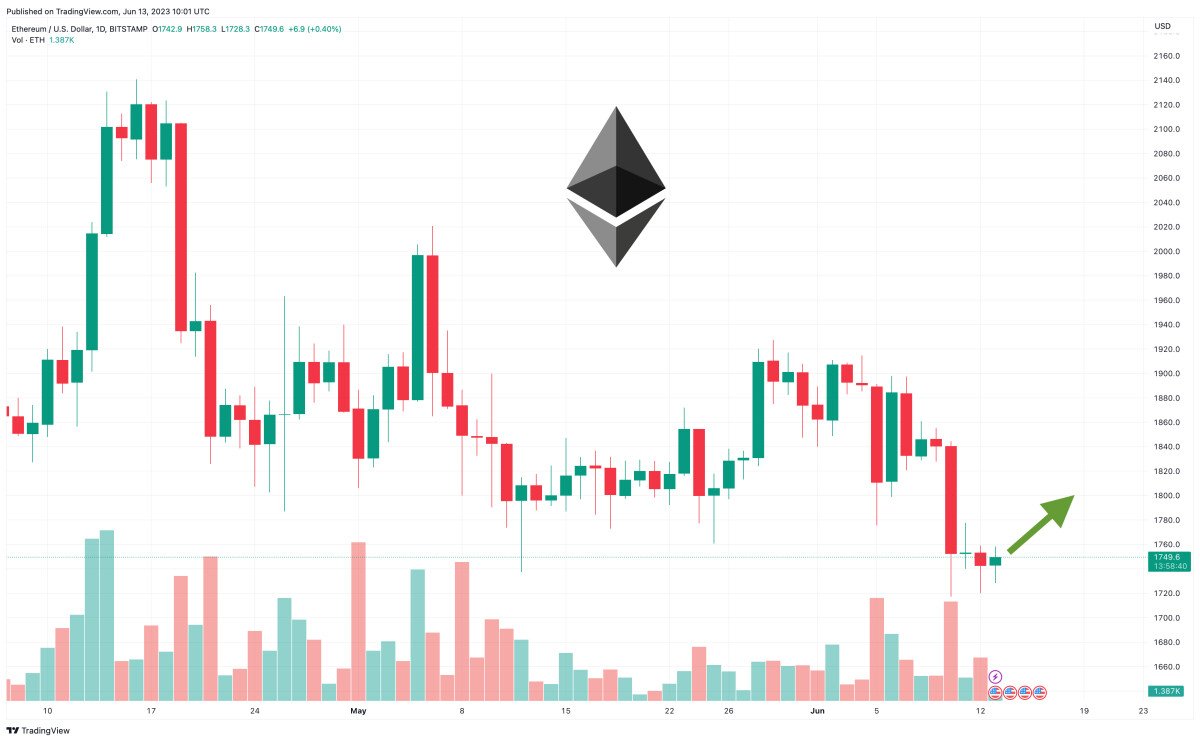Heart disease is responsible for 1 in 5 deaths in women, but awareness could change these numbers. … [+]
Europa Press via Getty Images
I recently got a blood test and for the first time my cholesterol, the “bad” type, was slightly elevated. It was not a surprise as I knew that around the end of my forties, I would eventually need to look over my cheese consumption. Perimenopause, the years leading up to menopause, is when the hormones start to change and when the estrogen decreases and so does our natural protection against elevated cholesterol levels.
When we think about vascular health and heart attacks, we normally associate these with men, but the reality is that in most countries, the U.S. included, cardiovascular disease is the number one killer in women as well. In the U.S. it is responsible for one in five deaths. About one third of deaths in women are linked to heart health and the frequency is greater than that of breast cancer. To learn more about this I spoke with Petronela Sandulache, founder of Cordifio, an information platform for women to raise awareness about cardiovascular health. When Sandulache lost her mother, due to a misdiagnosis which could have been easily prevented, she decided that she would do what she could to stop this from happening to other people’s mothers, aunties, daughters, sisters, and friends. The mission of Cordifio is to help women keep track of their heart health and empower them with more knowledge. By being well informed, they can have better conversations with their doctors to prevent misdiagnosis, but most of all it is about teaching women to take themselves seriously.
According to the European society of cardiology, chest pain in women are misdiagnosed much more frequently than in men. Women often waited up to 12 hours before seeking help for their symptoms. They frequently were mistaking the symptoms for stress or anxiety. In movies, a heart attack is often dramatic with a man grabbing his chest and falling to the ground, but the symptoms can be a lot more subtle. The most common symptoms are chest pain and discomfort – but shortness of breath, nausea and back or jaw pain are also common especially in women.
Sandulache is currently collecting stories about women’s heart health which she plans to publish to raise awareness and inspire more research to understand the unique patterns of women’s heart attacks. The symptoms that the women displayed were often diffuse including “a different type of tiredness”, a burning throat, anxiety and palpitations as well as stomach and shoulder pain. Some of the women, Sandulache spoke to, waited up to a week with continuous pain before seeking care. In the worst cases, their stomach pain symptoms were misdiagnosed as “women’s problems” linked to their reproductive organs.
Before menopause, women are better protected from heart disease which explains why they often get problems later in life than men, and why the age of entering menopause influences the risk of cardiovascular disease. Other menopausal symptoms, such as hot flashes and night sweats, also correlate with a higher risk of high blood pressure, which is the main risk factor for cardiovascular disease. Women with depressive symptoms during the menopause transition also have a higher risk of heart disease.
The good news is that appropriate lifestyle changes and when seeking the appropriate care at an early stage, the number of heart attacks could decrease significantly. Therefore, the mission of Cordifio and other heart health initiatives such as “Go Red for Women” is so important. Coming back to my higher cholesterol levels, Sandulache warned me that low cholesterol levels are in no way a guarantee for not getting a heart attack. A study from 2017 showed that among 1,000 heart attack patients most of them did not have high cholesterol levels. Other important risk factors included high blood pressure, elevated blood sugar and smoking.
Credit: Source link










